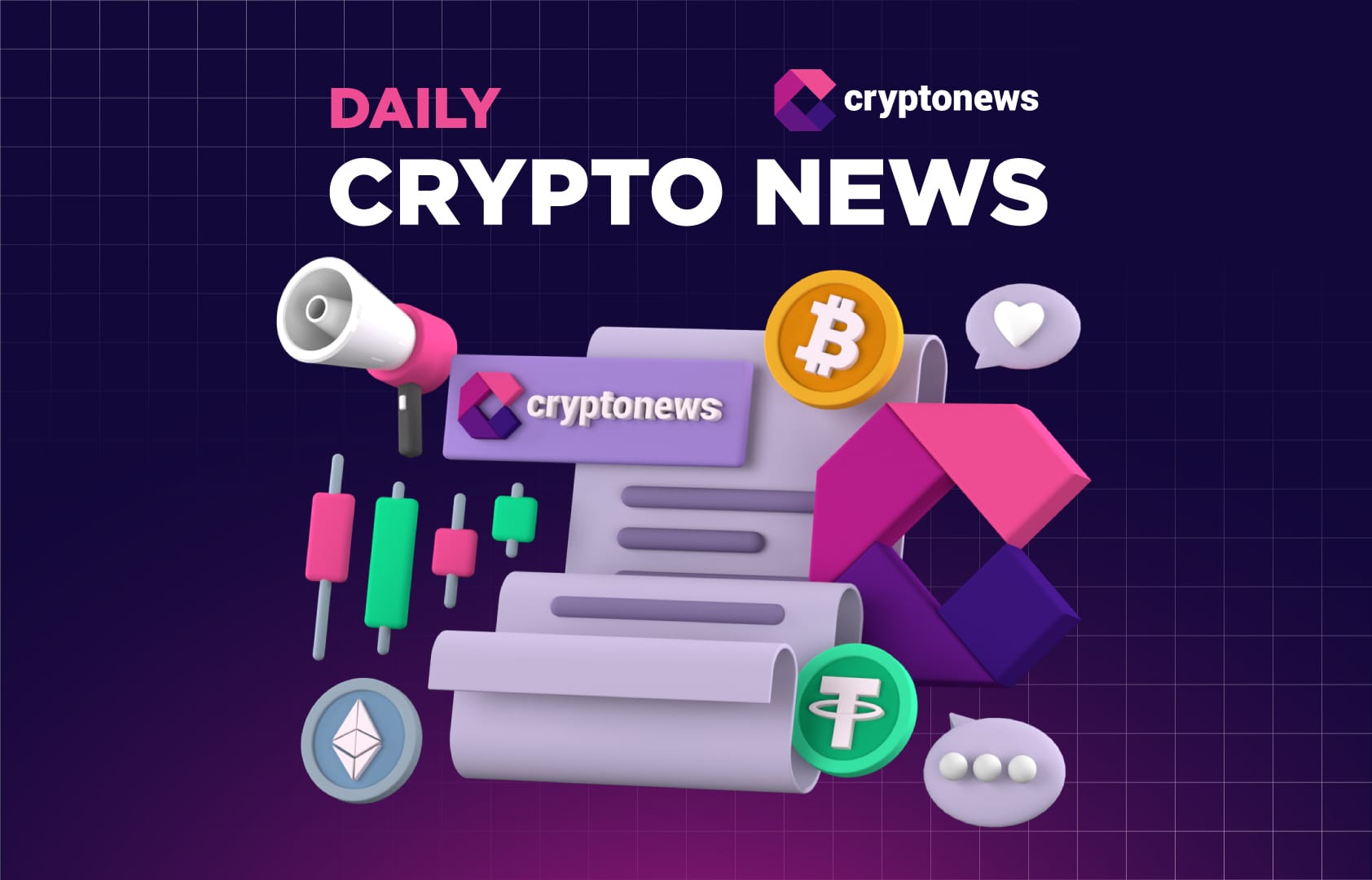Disclosure: The views and opinions expressed here belong solely to the author and do not represent the views and opinions of crypto.news’ editorial team.
Blockchain technology has delivered many advances in the modern digital age, but its real practical utility is yet to be realized. The enthusiasm of early web3 adopters is both a blessing and a curse: developers compete for crypto-natives and often neglect usability for non-technical consumers.
From 2016 to 2022, the number of active crypto wallets increased from 5.7 million to 80 million – an impressive 14-fold growth. However, daily transaction count shows a much more modest picture – a mere 40% increase during 2017-2021. Academic research shows that 81% of respondents are interested in blockchain, but find the effort required to use it excessive. According to another study by the Pohang University of Science and Technology, an average user is consistently less satisfied with their experience with blockchain-based applications than their non-blockchain alternatives.
Number of Crypto Wallets Annual Growth (2013-2023) | Source: Coinweb
The verdict is clear: to achieve widespread crypto adoption, developers need to start putting consumers first – by delivering better UX and UI, a seamless experience on par with web2 apps, and a gentler learning curve.
Define consumer-centric
In blockchain’s infancy, the primary focus was establishing the technology’s viability and ensuring that distributed ledgers were secure, decentralized and efficient. Technical developments were at the forefront as the early blockchain community, composed primarily of technologically savvy individuals, embraced the innovation despite its complexity.
However, the need for user-friendly interfaces and consumer-facing applications became increasingly apparent as blockchain began to attract a broader, more diverse audience, including those less familiar with its technical aspects.
Projects with a consumer-centric model aim to understand the needs and requirements of the consumer and deliver products, services and experiences that match those needs. The main building blocks of consumer centricity are user-friendliness, intuitive design, streamlined processes and minimal effort required for effective outcomes.
A lack of consumer focus and its impact
Modern blockchain solutions are still evolving and moving towards user-friendliness. More often than not, they come with complex interfaces and lack a transparent onboarding process for newcomers, assuming they are already familiar with basic concepts such as Layer-1 protocols, tokens, gas fees, or bridges. As a result, disconnect very quickly. Discouraged by one application, a user is likely to reject the concept and technology as a whole. One study highlighted slow execution, with only 30% of the research sample tasks completed in less than ten minutes.
Another problem is the limited accessibility of the blockchain. To gain confidence in the technology, users must understand a range of decentralized applications and their complex interactions, which can be daunting. An analysis of over 45,000 app reviews using natural language processing found that less than 45% of relevant reviews were positive or neutral.
Hidden or complex additional costs such as gas fees also hinder widespread blockchain adoption, while slow transaction speeds hurt the experience of even experienced users. For example, the Ethereum protocol can support 27 transactions per second. Meanwhile, Visa can do 1700. If blockchain technology were to achieve mass adoption, it must scale without user experience trade-offs.
Technology: the means, not the end
It remains to be seen whether blockchain technology has reached the peak of its operational efficiency. However, one thing is clear – no matter how groundbreaking a technology is, it must serve as a means to an end, not the end itself.
The introduction of Layer-2 solutions has eliminated some of the frictions of the L1 blockchains, but the consumer-centric approach takes blockchain a step further. By improving the user interface and user experience, considering intuitive design features and providing comprehensive onboarding, developers can create more trust, lower barriers to entry and bring L2 solutions to a new level.
However, such consumer-centric L2 solutions will require robust technological support. Adaptation to ever-evolving user needs requires a change from a rigid top-down design to a modular approach, where components can be individually adjusted without affecting the overall system’s stability. A consensus between security, fairness and speed of execution can be achieved by a combination of rollups and decentralized sequencers. All of these are achievable – however, the most fundamental step is to recognize the customers’ needs and start shifting the vision towards a consumer-centric chain. Blockchain has passed its proof of concept; now, let’s make it convenient.
Disclaimer for Uncirculars, with a Touch of Personality:
While we love diving into the exciting world of crypto here at Uncirculars, remember that this post, and all our content, is purely for your information and exploration. Think of it as your crypto compass, pointing you in the right direction to do your own research and make informed decisions.
No legal, tax, investment, or financial advice should be inferred from these pixels. We’re not fortune tellers or stockbrokers, just passionate crypto enthusiasts sharing our knowledge.
And just like that rollercoaster ride in your favorite DeFi protocol, past performance isn’t a guarantee of future thrills. The value of crypto assets can be as unpredictable as a moon landing, so buckle up and do your due diligence before taking the plunge.
Ultimately, any crypto adventure you embark on is yours alone. We’re just happy to be your crypto companion, cheering you on from the sidelines (and maybe sharing some snacks along the way). So research, explore, and remember, with a little knowledge and a lot of curiosity, you can navigate the crypto cosmos like a pro!
UnCirculars – Cutting through the noise, delivering unbiased crypto news
















